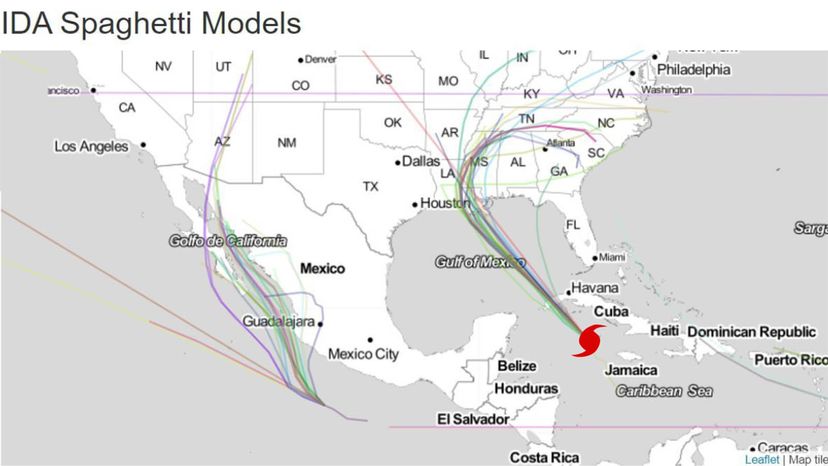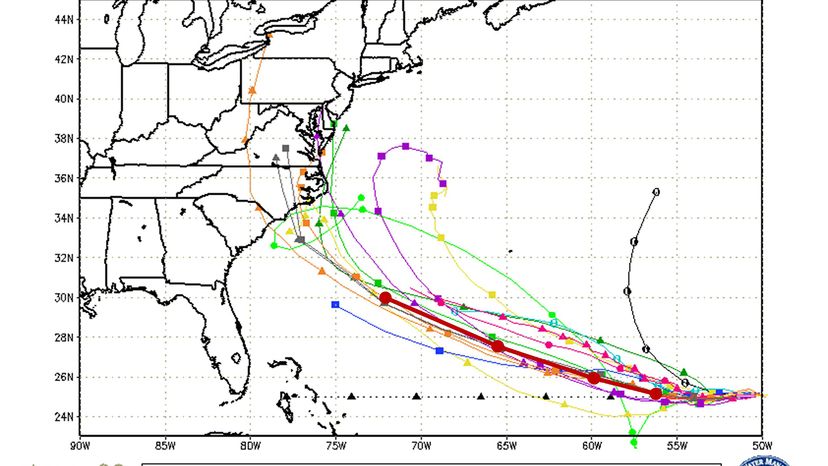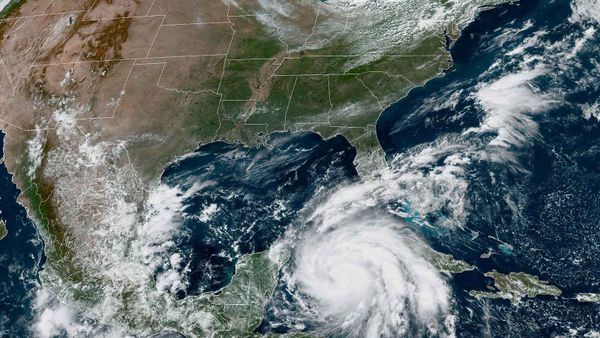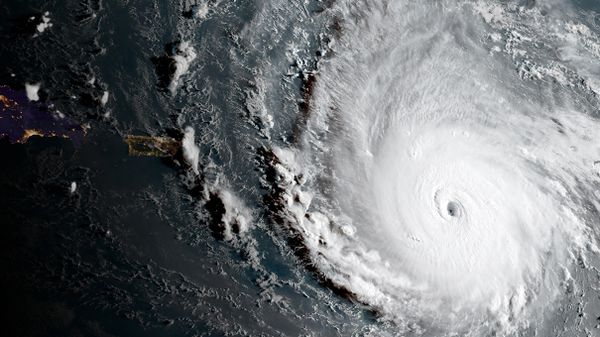The lines on the chart indicate the different paths projected by the various models, which have varying degrees of reliability. "The models include dynamical models (using the physics of the atmosphere), statistical models and in some cases analogue models to predict the coming movement of an individual storm," Leathers explains. "These models come from meteorological organizations from all across the globe — places like the National Weather Service, the British Met Office, universities and so on. Some models are certainly thought to be better than others. They are very different in how they make predictions, and in what they are best at."
What, if any, useful information can non-meteorologists get from looking at spaghetti plots? "The most useful information is the certainty of the forecast," Leathers explains. "Again, if all the paths are very similar, the forecast certainty is high. If the paths are very different, the certainty is low. If there is a great spread in the forecast tracks then that shows that the models are not doing a great job as a suite in figuring out where this particular storm is likely to move in the future."
But if you're going to try to make sense of spaghetti plots, it's important to understand their limitations. "Non-meteorologists do need to be careful in interpreting the plots, as some models generally do better than others at different times in the storms life-cycle," Leathers says. "This can be important information to get the most from a spaghetti plot."
Spaghetti models have changed subtly over the years, according to Leathers. The approach has evolved as more hurricane models are run in real-time, and as technology has allowed us to put these models together into a spaghetti plot faster, he says. He says he doesn't expect anything to replace them in the foreseeable future.
"As technology allows for the more rapid transfer of data and as visualization technology goes, I am sure there will be some more changes," Leathers says. He also predicts that the number of models, and their sophistication, is likely to continue to grow in the years ahead.



